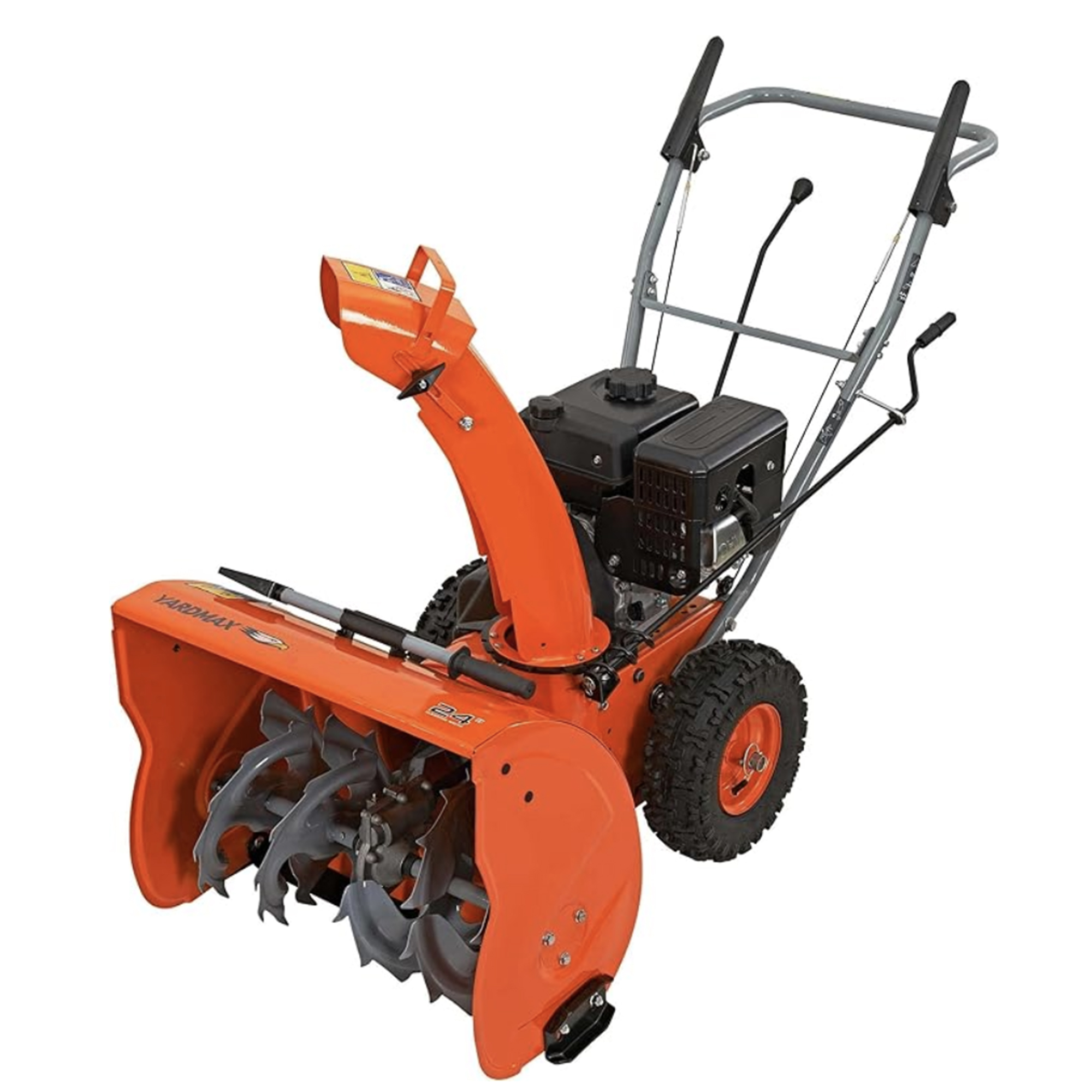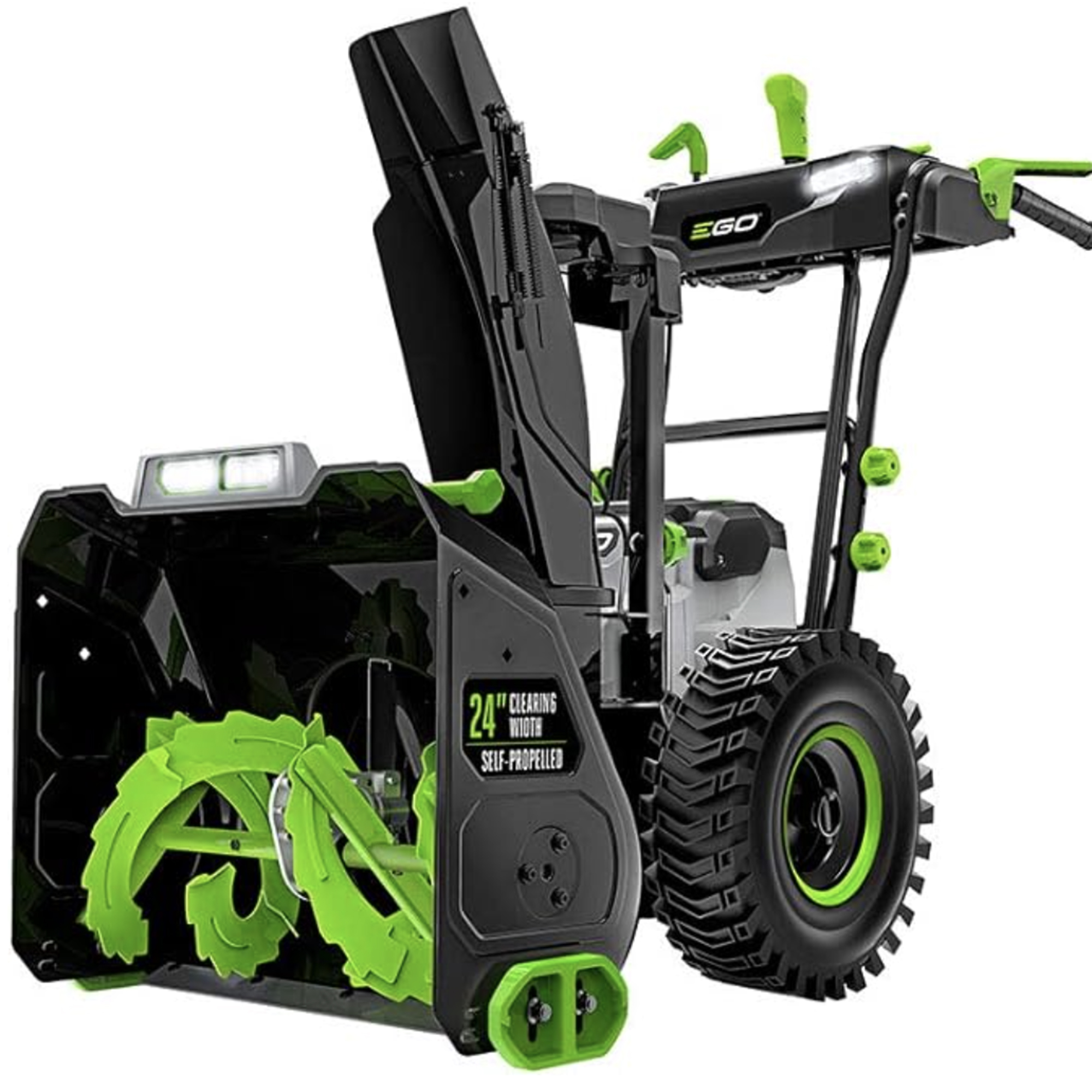6 reasons why your snow blower won't start up – and expert ways to fix the issue
Don't fall short on your snow removal this winter season

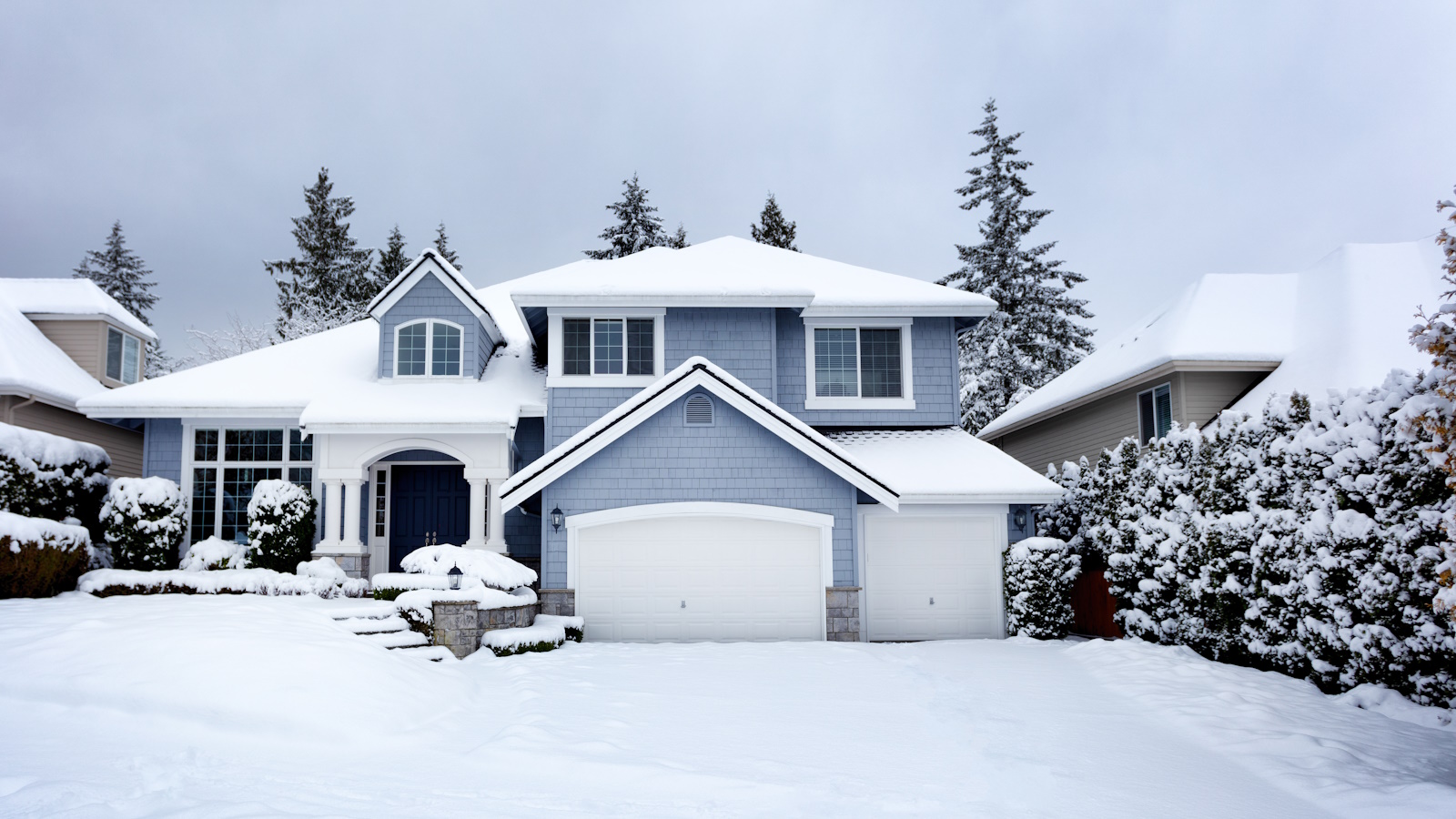
There are few things more frustrating than getting a heavy snow blower out of storage to try and deal with a fresh deluge, only to find that it won't start up.
You've adjusted your skids and you're now standing outside, praying to hear that engine revving to life. If it won't start up then don't despair. We have found there's only a short list of reasons why this might have happened and they can almost always be fixed.
Follow these expert tips and hopefully you'll be able to get on with safely and effectively clearing snow, and de-icing paths and driveways.

6 reasons why a snow blower won't start up
If you don't own a snow blower or are looking for a low cost alternative try an ergonomic snow shovel like this True Temper 18 in. Mountain Mover Ergonomic Snow Shovel at The Home Depot.
'Because your snow blower has been sitting unused throughout the warmer months, revving it up at the start of the snow season may require some coaxing,' says Ronit McGuthrie of Stanley Black & Decker.
'It’s also important to set the choke, and push the primer bulb a few times before your first pull (if your snow blower is equipped with those features). Some models have push-button electric start, which eliminates pull-starting,' he says.
If you've done this and your snow blower is still refusing to start, here are the main things to check for.
Design expertise in your inbox – from inspiring decorating ideas and beautiful celebrity homes to practical gardening advice and shopping round-ups.

Ronit brings nine years of diverse expertise. She leads global product management for a portfolio encompassing mowers, snow blowers, and chore power equipment, shaping product strategy, and 5-year roadmaps for these categories.
1. You've run out of oil

This is a common reason why a snow blower won't start up. 'Check the dipstick to make sure you have adequate oil,' says Ronit.
'Running your snow blower with little or no oil can damage your engine. Depending on your dipstick, it may be time for a snow blower oil change,' he says.
Shop snow blowers
2. There's a problem with the spark plug

This might seem like an obvious point but it's always worth checking that your snow blower spark plug is plugged in properly before you start clearing your front yard landscaping.
'Check if your spark plug is unplugged, corroded or covered in buildup. If you spot one of these issues, try cleaning or replacing your spark plug by following the instructions in your owner’s manual,' says Ronit.
3. It needs fresh fuel

Spark plugs can become gunked up from having stale gas in the tank all year. 'The easiest way to fix this problem, especially if you're working on the carburetor, is to drain the gasoline from there,' says Joe Palumbo, president of Ice Dam Guys.
'There are usually two bolts present on the carburetor, the carburetor drain bolt and the bowl bolt. Either work and just have a reservoir (ie oil change pan) to collect the stale gas and dispose of it properly by local guidelines.'
'However you may need something to get the fuel to your reservoir, such as a channel or piece of metal, as you want to avoid having the fuel drain over parts of the machine,' he says.

Joe is head of the company Ice Dam Removal Guys who specialize in removing ice dams and snow from people's homes.
4. The switches aren't set correctly

There are various measures in place to make sure that your snow blower won't start up on your driveway when you're not ready. If your switches aren't set to the correct settings then your snow blower won't start up.
The fuel shutoff valve should be in the 'on' position and the safety key is set to 'run'. You can consult your snow blower's own manual for exactly where these are located on your particular model.
5. You've flooded the engine
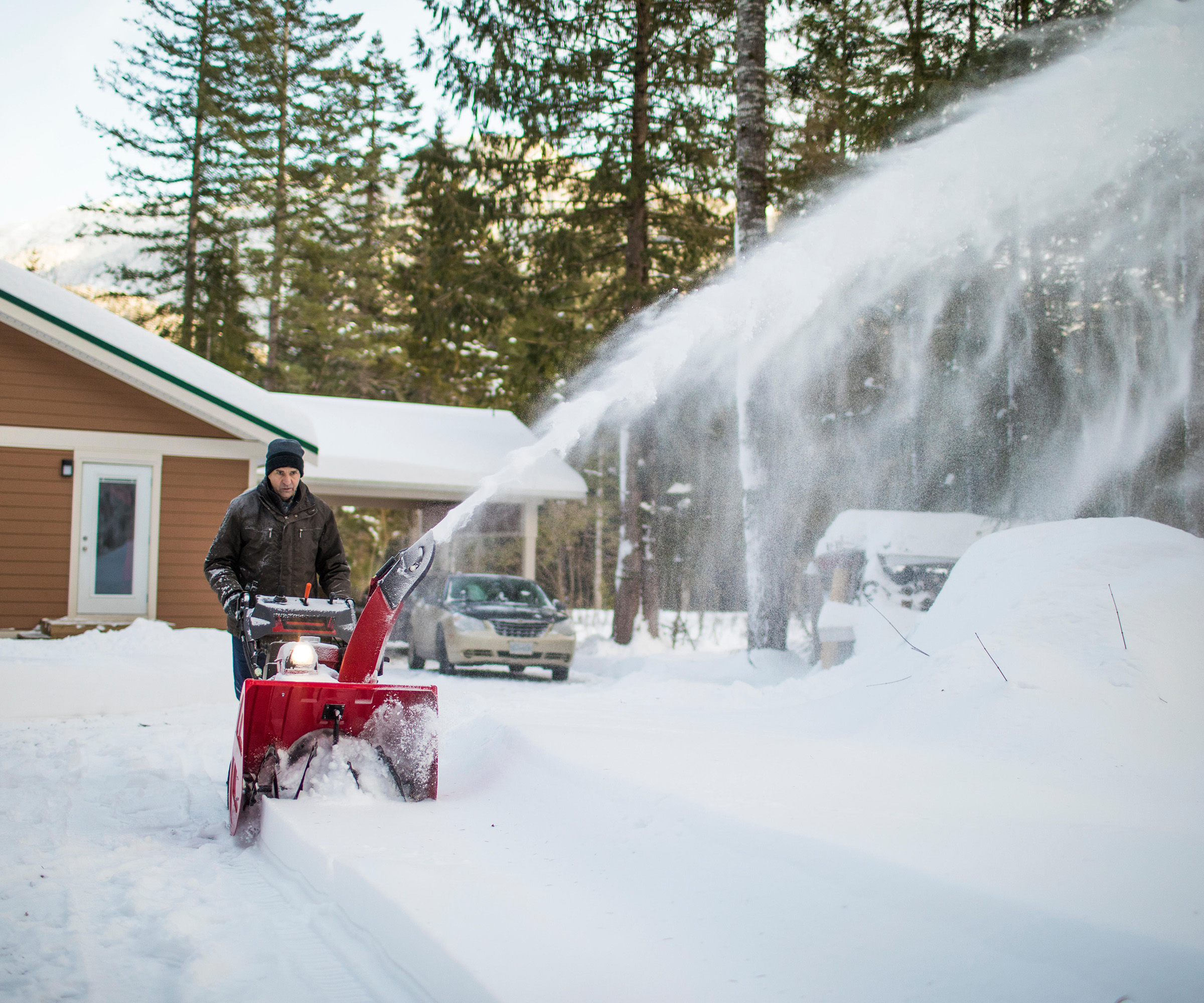
A flooded machine means you've added too much gas to it, this goes for gas powered lawn mowers too. This can mean your snow blower won't start up and is usually accompanied by a strong smell of gasoline.
The best way to remedy this is to wait. 'Wait a solid 10 minutes, but if you really went overboard on gas it doesn't hurt to take that to 20 or 30 minutes,' says Joe Palumbo. 'If you become overeager and keep yanking on the pull cord, you're going to make it much worse and you'll likely need to take it to a small engine repair shop.'
'Sometimes, it'll start and sputter before quickly turning off again,' says Joe. 'Other times it won't start at all.
'Unfortunately, each of these failed attempts adds more fuel to the system. Again, the best remedy here is to wait and then adjust your choke when you're starting it again. Let it run and burn off that excess gas once you get it started,' he says.
6. The carburetor is clogged
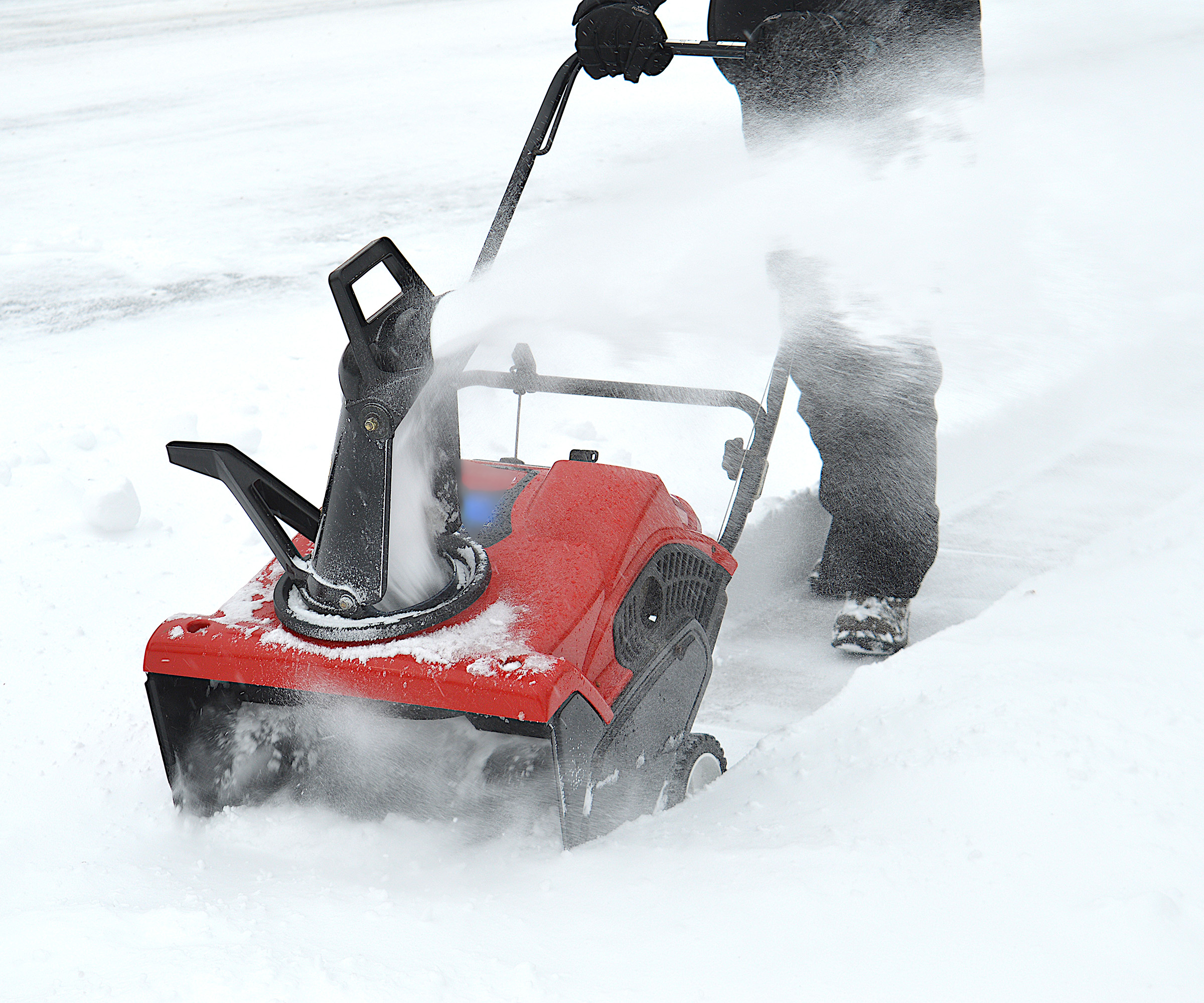
'Clogged carburetors, like flooding, happen to all small-engine equipment frequently but for different reasons,' explains Joe.
'Your carburetor gets clogged when they've been in your backyard storage for too long and the gasoline gets gunked up. The best way to avoid this, not only in your winter equipment like snow blowers, but also for summer tools such as lawnmowers and trimmers, is to store them empty at the end of each season.'
'If you cannot time it correctly and/or need to leave some fuel in for other purposes, switch to an ethanol free fuel or add a fuel stabilizer,' says Joe. Try this STA-BIL Storage Fuel Stabilizer at Amazon.
FAQs
How to unclog a carburetor on a snow blower
'This will vary depending on the machine and model, but you'll usually need to start by removing the air filter or other parts,' says Joe Palumbo, president of Ice Dam Guys.
Ensure you have a clear area to work on your machine. 'The carburetor has a bowl and float, both of which will need cleaning. The bowl is tough but pay special attention not to over clean, or be too hard on the float, as it can be made of a less rigid piece of plastic that could crack or break.'
'You'll also see a small jet nozzle that can get gunked up with deposits that fail to fire up. A simple carburetor cleaning spray or liquid, like this Gumout Carb/Choke and Parts Cleaner at Walmart will clean this up, so just follow their on-label instructions.'
'Unfortunately, you have to reassemble the unit to test whether you've done the job correctly, but if you've cleaned the bowl and float while spraying the nozzle, you should be good,' says Joe.
How to know if you've flooded your snow blower?
'In this unfortunate situation, a flooded snow blower displays the same signs as any handheld or residential equipment with a small engine. You will almost certainly experience one of these, but more likely two,' explains Joe Palumbo president of Ice Dam Guys.
Firstly is the smell of gasoline, and second, your engine won't start. 'You might notice wet spark plugs. This one can be harder to determine if you've been outside with the elements all day,' says Joe.
'But if you spot gasoline on the tip of the spark plug that also means you're flooded. The spark plug is meant to be dry and spark for ignition of the air/fuel mixture within the engine. That spark cannot happen if the surface is wet. The simple solution here is to take it out and dry it,' he says.
If none of the above are working, then take your snow blower to a small engine repair shop and ask for help.
If you've experienced a lot of snow in your area lately, you might be interested in how snow can damage a lawn - and what to do to rectify any issues.

Teresa was part of a team that launched Easy Gardens magazine two years ago and edited it for some time. Teresa has been a Gardens Editor at Homes & Gardens, Country Homes & Interiors and Living Etc magazine since 2020 and has developed close working relationships with top garden designers, and has been exposed to an array of rich garden content and expertise.
